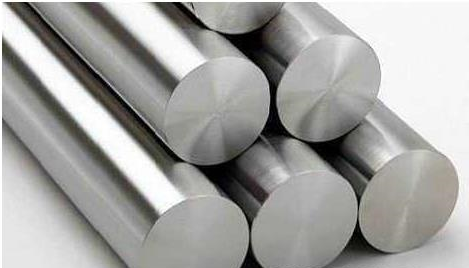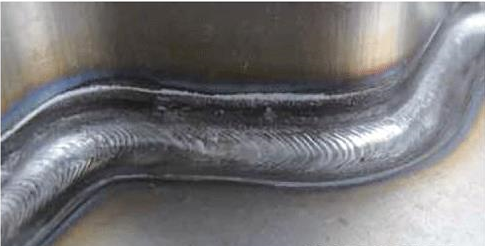Titanium Alloy Material
Titanium alloy material is a common material used in nuclear submarine. Whether it is Chinese nuclear submarine or American-Russian nuclear submarine, a large number of titanium alloy materials are used in their submarine construction. The proportion of titanium alloy materials used in each country is also very different. For example, Russian nuclear submarines like to use titanium alloys in large quantities, while US nuclear submarines use titanium alloys in a relatively low profile. However, whether it is Russia, the United States, France, Britain, or even China's nuclear submarines, they will flock to this high-performance but expensive material. Titanium alloys have great advantages for China's nuclear submarines. In particular, China has made great achievements in using titanium alloys, such as in J-11, J-16, J-10 and J-20 fighters. China has abundant titanium alloy resources, and ilmenite reserves rank first in the world. Appropriate use of titanium alloy on nuclear submarines will greatly improve the hardware performance of China's nuclear submarines.

Plasma welding of titanium alloy
The quality of a nuclear submarine is closely related to the use, manufacturing technology and technology of its hull materials. Because the use of hull materials means whether the submarine can submerge at a great depth and resist greater underwater strikes, etc. The important reason why Russian nuclear submarines use titanium alloys is that titanium alloys have the characteristics of low density, high strength, non-magnetism and high corrosion resistance. Titanium alloy submarine has the advantages of lighter overall mass, larger load, deeper submarine depth and better concealment performance than ordinary high strength steel submarine and nuclear submarine.
But titanium alloy materials are so good that special processing technology is needed in processing. Because titanium alloy processing is too difficult, especially in the last century, technology, flaw detection, X-ray industry has just been applied, and even digital detection is still in the zero development situation, titanium alloy once made many countries stand back. Titanium can react rapidly with oxygen, hydrogen, sulfur and nitrogen during welding, which results in that titanium alloy must be in a closed space during processing and no gas can participate in it.
And in the vacuum environment of closed space, processors must complete manual or robotic active arc welding. According to Russian open video, Russian shipbuilding system still uses a large number of manual welding, which is not conducive to mass nuclear submarine processing. A large number of welding can be delivered to welding robots, and according to the great development of nuclear submarines in China from 2017 to 2018, it is likely that welding robots will be used for auxiliary welding in titanium alloy welding in China.
Titanium alloy materials need to be slowly cooled after processing, that is, natural cooling. This process is 5-6 times slower than that of ordinary steel, and the welding joint needs to be detected immediately during the welding process. Titanium alloy processing is so arduous, why do we have to use it? In addition to leading the world in nuclear submarine technology, we can see that titanium alloy materials are enough to ensure that Chinese nuclear submarines 093B and 094A can submerge 600 meters underwater and dive deep in the ocean. Especially in deep-sea operations, the Mariana Trench and other deep-sea areas are used to protect China's nuclear submarines to carry out strategic nuclear counterattack missions.

 中文
中文 English
English

